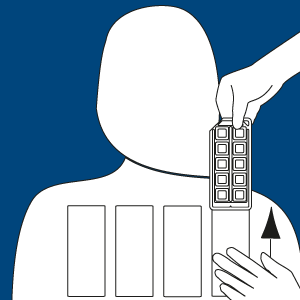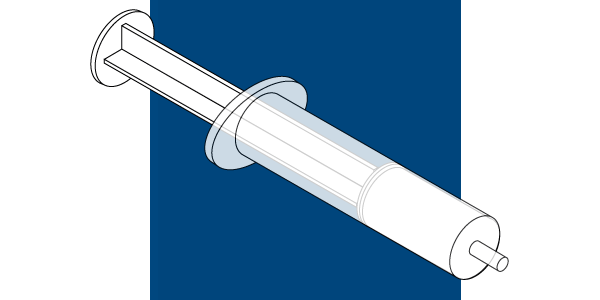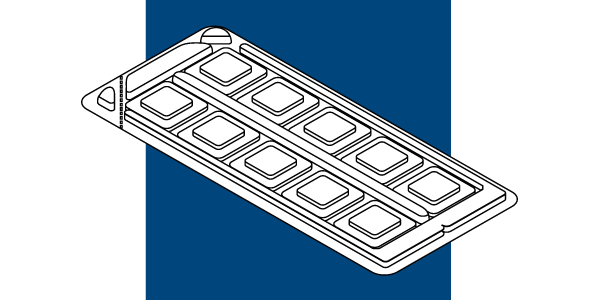Patch Testing
 The Patch Test procedure is an epicutaneous diagnostic provocation test using standardized haptens (Patch Test Haptens). Patch testing is performed by applying haptens into small chambers mounted on tape (Patch Test Units) and placed onto the patient’s skin. In sensitized individuals this immune response results in an allergic contact eczema confined to the application area of the chamber on the patient’s skin (a positive patch test reaction).
The Patch Test procedure is an epicutaneous diagnostic provocation test using standardized haptens (Patch Test Haptens). Patch testing is performed by applying haptens into small chambers mounted on tape (Patch Test Units) and placed onto the patient’s skin. In sensitized individuals this immune response results in an allergic contact eczema confined to the application area of the chamber on the patient’s skin (a positive patch test reaction).
Chemotechnique provides all tools required to perform patch tests the IQ way, the gold standard for diagnosing contact allergy. In order to perform a diagnostic Patch Test, two crucial components are required; Patch Test Haptens and Patch Test Units.
 The hapten preparations used in patch testing should ideally be specifically developed for patch testing purposes. The Patch Test Haptens manufactured by Chemotechnique are prepared by mixing high purity fine particle ground raw material with high grade white petrolatum.
The hapten preparations used in patch testing should ideally be specifically developed for patch testing purposes. The Patch Test Haptens manufactured by Chemotechnique are prepared by mixing high purity fine particle ground raw material with high grade white petrolatum.
The Patch Test haptens are grouped into Series. The typical patch test screening is performed by testing a Baseline series (sometimes referred to as a standard series) alongside additional specialist series. The Baselines series contains a selection of common haptens with high prevalence in a specific region whereas specialist series contains haptens that have high prevalence in certain occupations. The combination of series should be determined by the specific patient history.

To ensure that the hapten remains in direct contact with the skin for the time required (48h) to create a standardized controlled reaction, a Patch Test Unit is needed. A Patch Test Unit is composed of sets of chambers mounted on an adhesive tape. The purpose of the patch test chambers is to provide a defined area in which the skin will be exposed to the haptens during the testing. Due to the nature of patch testing it is important that the Patch Test Units used have good occlusion to the skin and that they are made of inert materials that do not interfere with the haptens tested.
Patch testing involves a number of scheduled patient appointments within a one-week time-frame. After the test application on Day 0, two or three appointments are needed for readings. The main reading should be performed within 48h of the removal of the Patch Test Units. A delayed response reading should be performed a full week after the initial test application for haptens that may show delayed reactions.
Hapten Information sheet
Hapten information sheets are available for each hapten, explaining where the substance can be found and if there are some known synonyms of the substance. Login on the webpage and then search for the hapten of intrest. Click the  button to get/download the requested Hapten Information sheet.
button to get/download the requested Hapten Information sheet.
Patch Test Record form
Fill in the Patch Test record form of the series tested. It facilitates to keep track of your patients test results.
